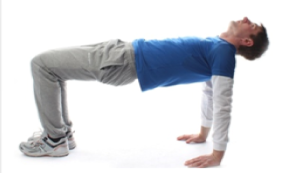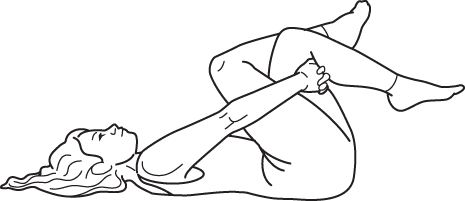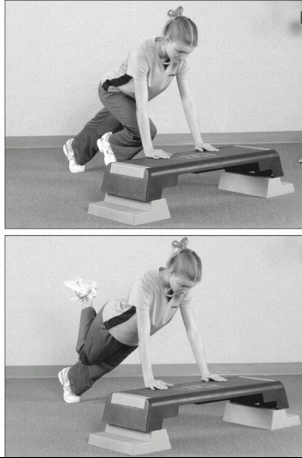Au mois de mai prochain, je serai à Toronto pour quelques jours avec mon équipe d'athlétisme pour le Grand Prix des Écoles Secondaires. Avant de promouvoir l'évènement, ils ont demandé à tous les entraîneurs d'écrire 5 petits conseils d'entraînement. Voici ce que les entraîneurs de Jean de la Mennais ont à vous conseiller.
- La posture est un des aspect les plus important de la course. Elle permet aux muscles de travailler efficacement dans leur position optimale, elle permet aux forces d'être distribuées sur les bonnes structure pour absorber et ensuite être redirigées. Elle permet également aux côtes de prendre l'expansion nécessaire et donc d'avoir une bonne respiration. Pour travailler sur la posture, essayez la corde à danser pendant l'échauffement ou les éducatifs comme le skip A avec les bras par dessus la tête. Vous pouvez aussi demander à vos athlètes de s'appuyer debout au mur en gardant les talons, le sacrum, le milieu du dos et l'arrière de la tête coller au mur. Une fois dans cette position, le focus devrait seulement être sur la respiration abdominale profonde.
- La saison morte est aussi un bon moment pour travailler sur les aspects moins spécifiques à vos épreuves (par exemple plus d'entraînement aérobie pour les sprinters). C'est également le moment parfait pour incorporer des exercices et de routines de prévention de blessures.Travaillez sur la mobilité de la cheville, des hanches et de la colonne thoracique tout en stabilisant les genoux, le tronc (core) et les omoplates. Préparez une petite routine que les athlètes peuvent faire à la maison à tous les jours de manière à ce que durant la saison leur concentration soit sur les choses importantes comme la vitesse, la puissance et la technique.
- Les habiletés neuromuscular (agilité, équilibre, coordination et vitesse) sont les plus importantes et fondamentales pour tous les athlètes. Les travaillez à un jeune âge sera un excellent investissement dans le futur de vos athlètes. Il est également important des les travailler pendant l'adolescence alors que la grandeur, le poids et le ration bras/jambe changent très rapidement. Également n'oubliez pas que vitesse égal effort maximum de moins de 8 secondes, peu importe que vous soyez un sprinter ou un demi-fondeur.
- Pour avoir des athlètes qui réussissent, il faut les garder motivés et concentrés. Utiliser du temps de vos entraînement pour du "travail mental" sera très payant. Pour les garder motivés, créez un bon esprit d'équipe,assurez-vous d'avoir un volume et une intensité d'entraînement adéquate et surtout fixez des objectifs en début de saison. Pour la concentration, l'imagerie mentale, les techniques de relaxation des exercices comme l'horloge ou le raisin sont excellents. L'exercice de l'horloge consiste à regarder un horloge et de claquer des doigts à un intervalles donnés (par exemple toutes les 5 secondes). L'exercice du raisin consiste à regarder, sentir et toucher tous les détails du raisin pendant une minute. Ensuite, mettez le raisin dans votre bouche et goûtez le, mastiquez le, sentez le pour un autre minute avant de l'avaler.
- Le sommeil et la nutrition sont les deux aspects les plus importants de la récupération. Demandez à une nutrionniste de vous préparer des conseils alimentaires pour le avant, pendant et après les entraînements et compétitions. La nutrition moderne c'est beaucoup plus complexe que de calculer le nombre de calories et de faire des shakes de protéines.Éduquez vos athlètes sur les bénéfices des choix alimentaires santé.
Le sommeil est une autre partie de l'entraînement où les athlètes ont besoin d'éducation. Les jeunes athlètes tendent à avoir une temps et une qualité de sommeil inappropriée.Il faut leurs expliquer pourquoi ils devraient laisser l'écran de côté avant d'aller au lit et combien d'heures de sommeil sont nécessaires pour optimiser leurs efforts en entraînement. N'oubliez pas que nous nous améliorons entre les entraînements, pas pendant!

















